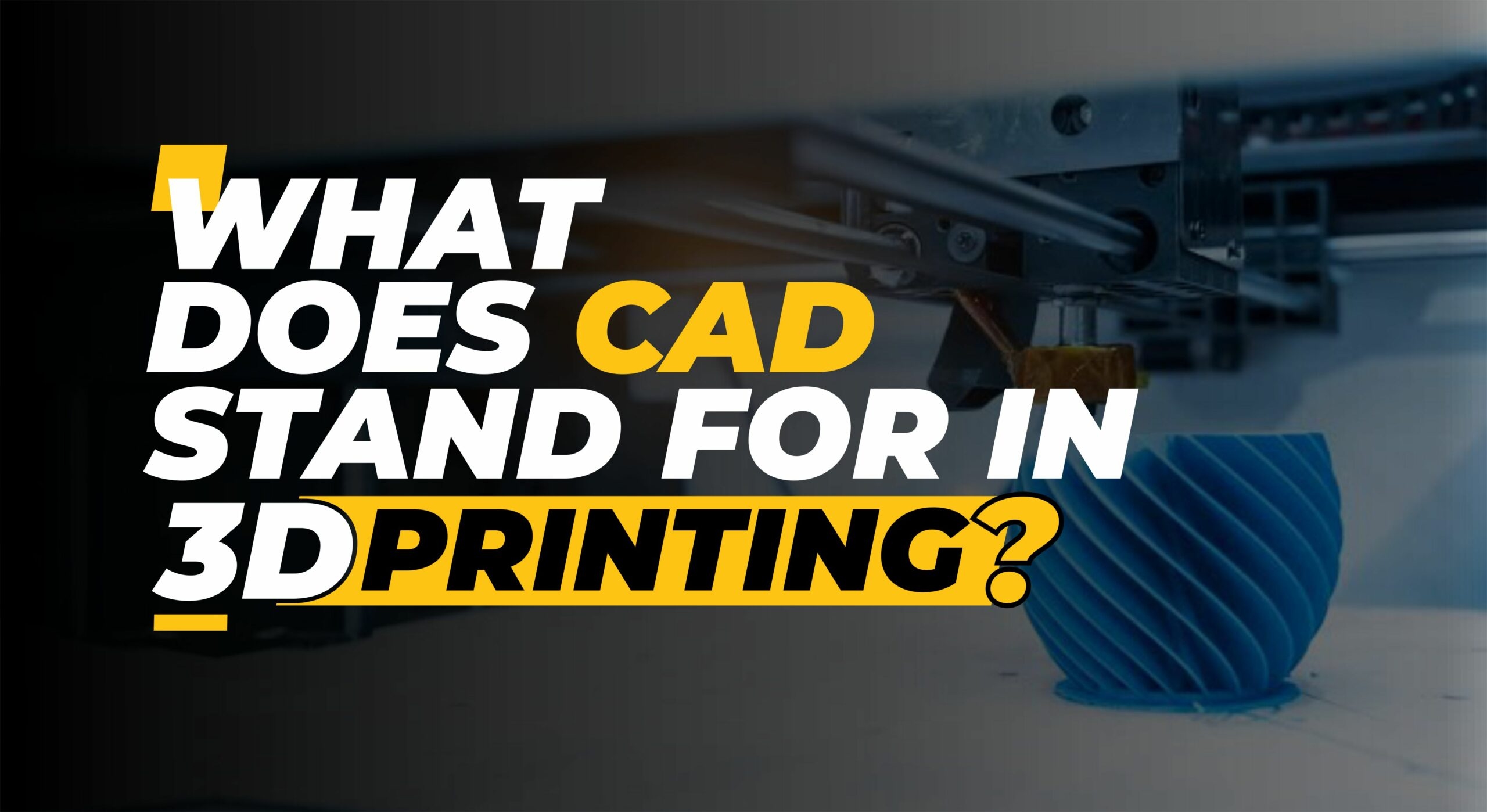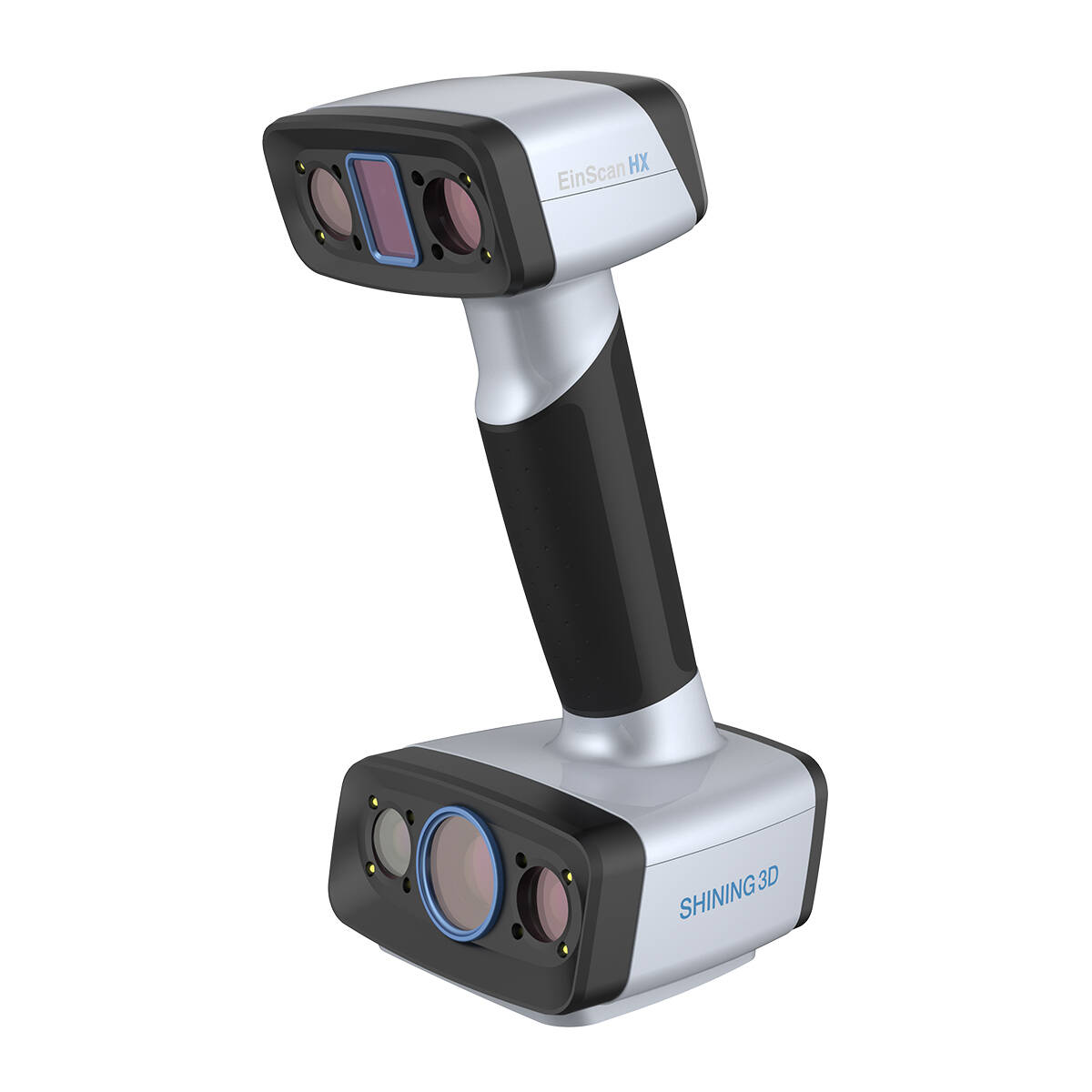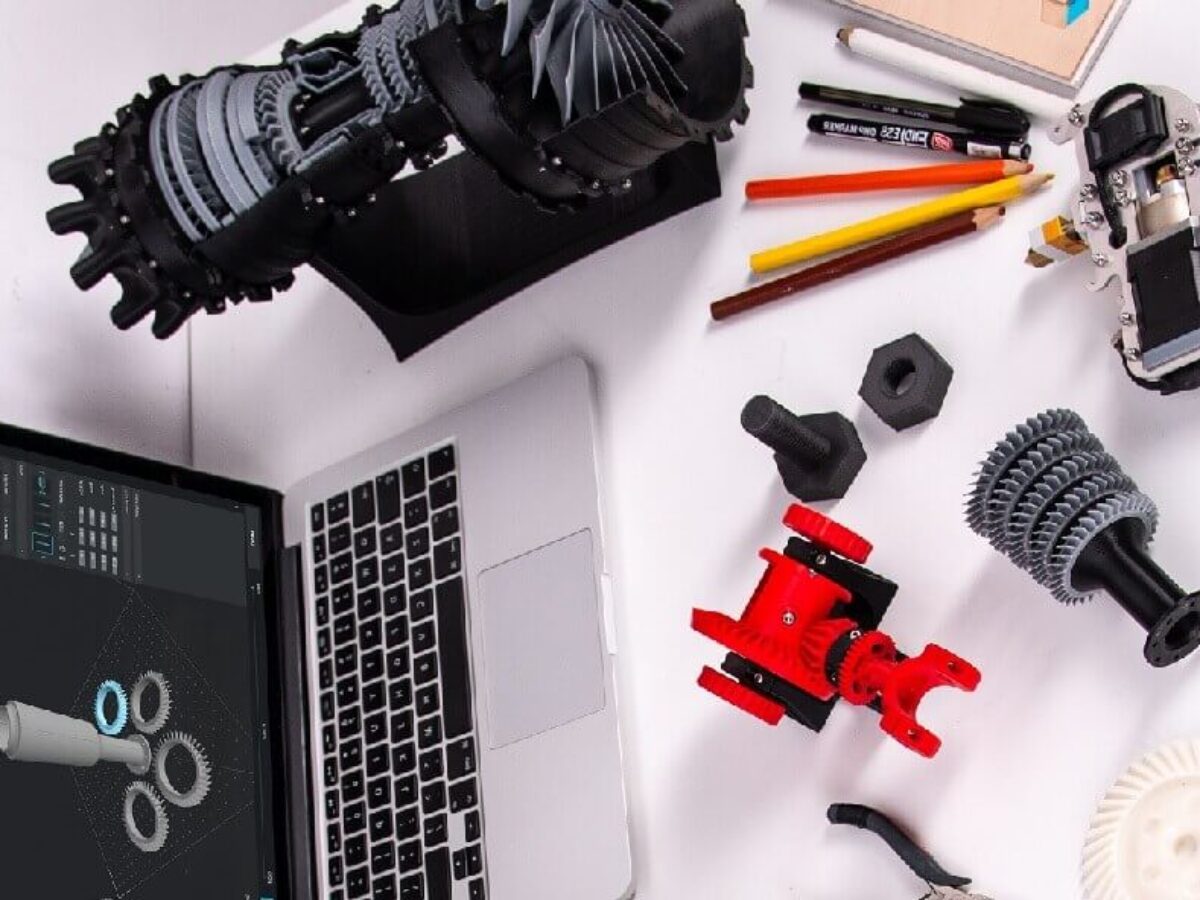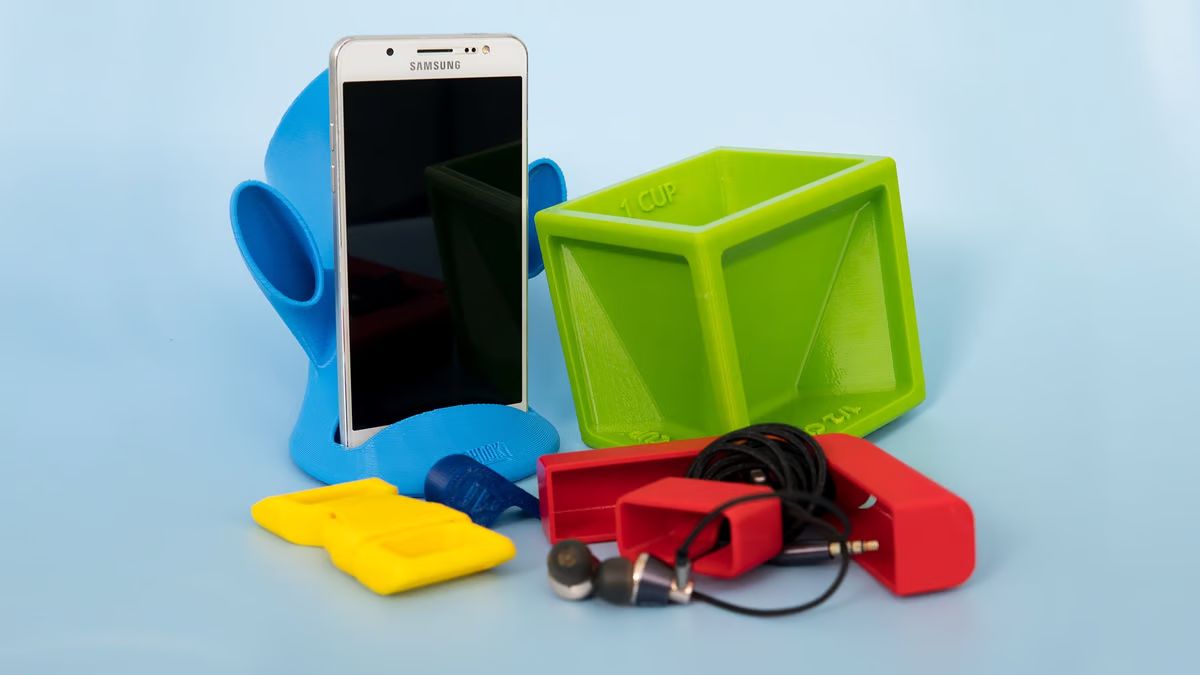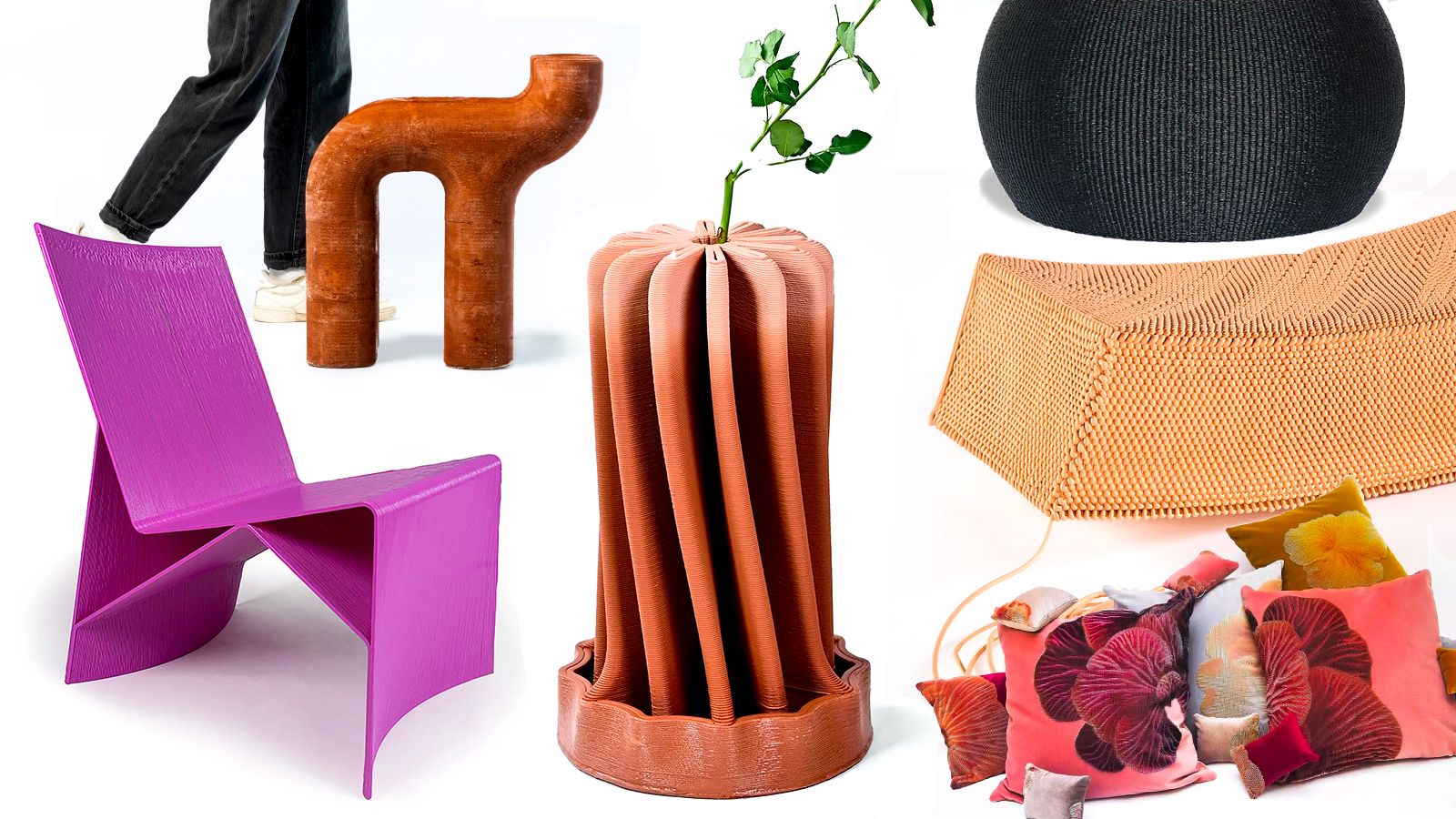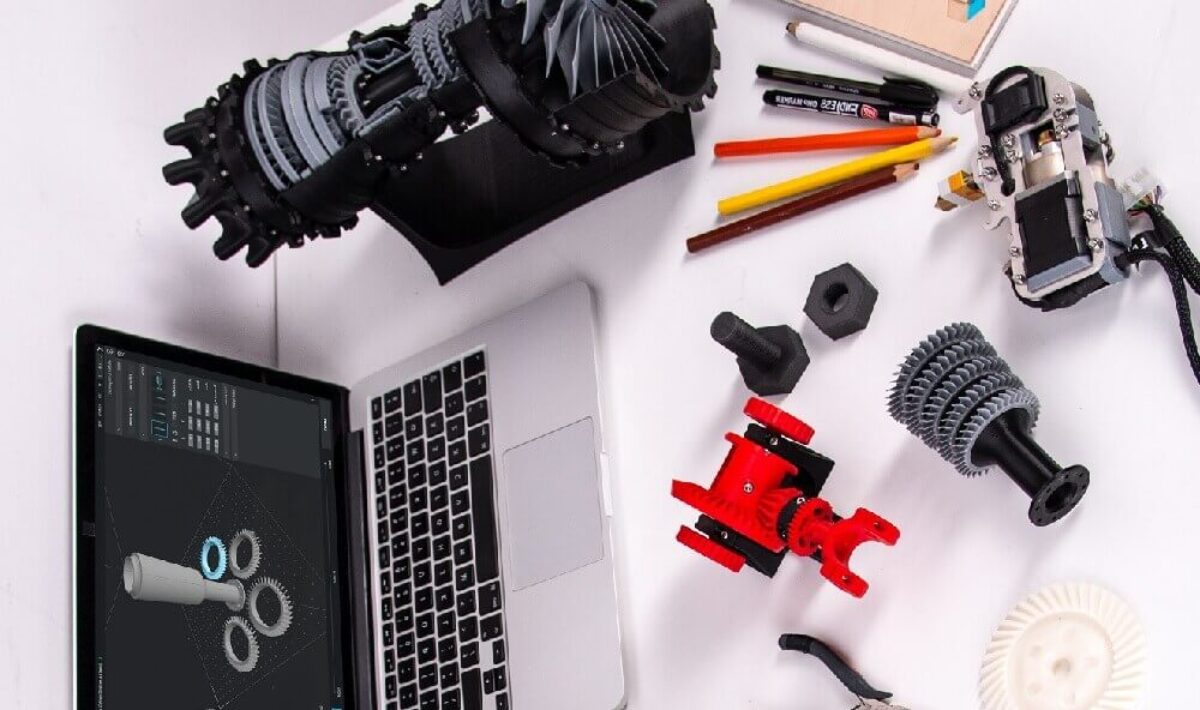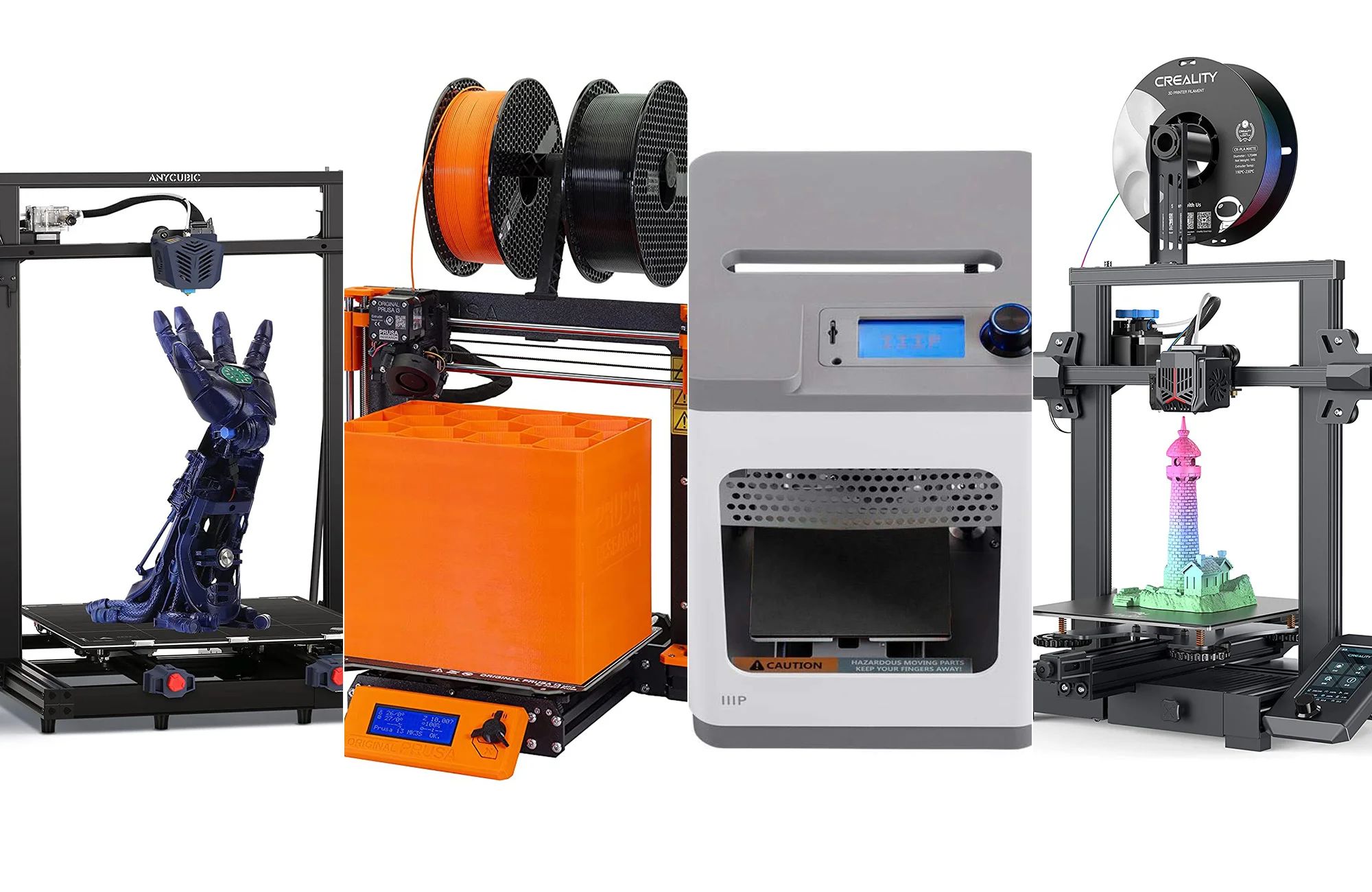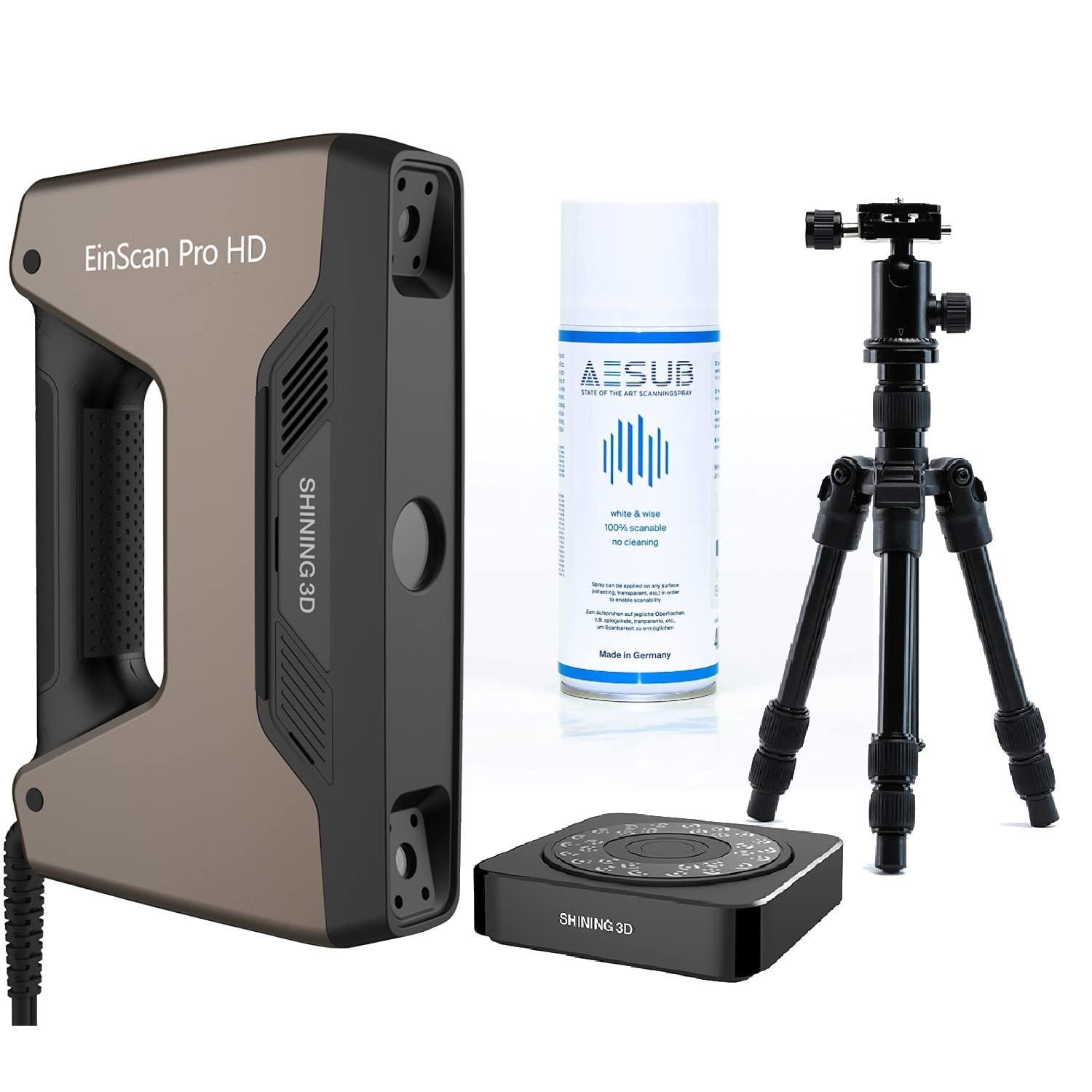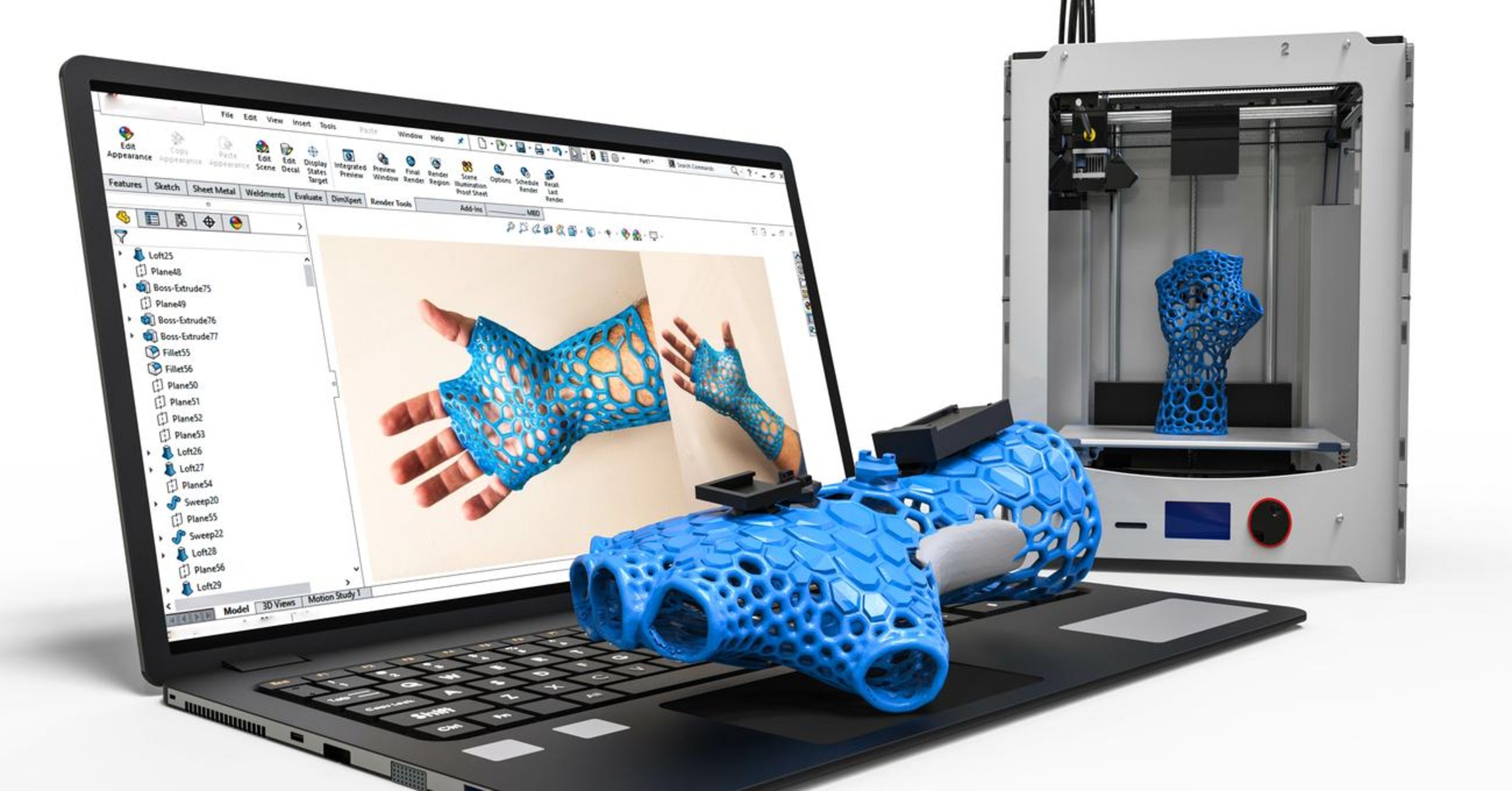Introduction
Welcome to the exciting world of 3D printing! If you’ve ever wondered how objects can be transformed from digital designs into physical realities, you’ve likely come across the term CAD. But what does CAD stand for in 3D printing? In this article, we’ll explore the concept of CAD and its significance in the realm of 3D printing.
CAD, which stands for Computer-Aided Design, refers to the use of computer software to create, modify, and optimize designs. It has revolutionized the way products are developed in various industries, including architecture, engineering, and manufacturing. CAD software allows designers to visualize ideas, test prototypes, and produce detailed technical drawings with precision and efficiency.
In the context of 3D printing, CAD plays a crucial role in converting virtual models into physical objects. 3D printers rely on ASCII-based STL files, which define the geometry of the object, to produce the final output. These STL files are generated through CAD software, which assists in the design and preparation of 3D models for printing.
The integration of CAD with 3D printing technology has opened up new possibilities for innovation. Designs that were once limited to imagination can now be transformed into tangible objects, enabling rapid prototyping, customization, and even manufacturing on demand. Whether you’re a hobbyist, a designer, or an engineer, understanding CAD and its importance in the world of 3D printing is essential for unleashing your creativity and turning ideas into reality.
In the following sections, we will explore the various CAD tool options available for 3D printing, discuss the benefits of using CAD in this context, and highlight some popular CAD software specifically tailored for 3D printing enthusiasts and professionals. So, let’s dive in and discover the world of CAD in 3D printing.
What is CAD?
CAD, which stands for Computer-Aided Design, is a technology widely used in various industries to create, modify, and optimize designs with the help of computer software. It replaces traditional manual drafting techniques and significantly enhances the efficiency and accuracy of the design process.
CAD software allows designers to digitally create 2D and 3D models, incorporating precise measurements, dimensions, and intricate details in their designs. These digital models serve as the blueprint for the product, enabling visualization, analysis, and simulation of different scenarios before actual production.
The core purpose of CAD is to provide users with a powerful set of tools to conceptualize and refine their ideas. The software offers a wide range of features, such as drawing tools, parametric modeling, rendering, and simulation capabilities, that facilitate the creation of complex designs and enable designers to iterate quickly. It allows for easy modification and refinement, eliminating the need for manual redrawing and accelerating the design process.
With CAD, designers have the flexibility to experiment with different variations of a design, explore alternative configurations, and evaluate the impact of changes on the overall product. This not only saves time but also reduces the cost associated with physical prototyping and testing.
CAD software also enables collaboration among designers, engineers, and other stakeholders involved in the design process. It provides a platform for seamless communication, allowing team members to share designs, provide feedback, and work together on a centralized model. This collaborative approach helps streamline workflows and ensures that everyone is working on the most up-to-date version of the design.
The applications of CAD extend beyond design creation. It also serves as a vital tool in documentation and manufacturing. CAD software generates accurate technical drawings, complete with annotations, dimensions, and manufacturing specifications, which form a crucial part of the production process. Manufacturers can directly extract the necessary information from these drawings, making the transition from design to production smoother and more streamlined.
Overall, CAD technology revolutionizes the way designs are created, refined, and produced. Its ability to enhance productivity, accuracy, and collaboration has made it an indispensable tool in industries ranging from architecture and engineering to product development and manufacturing.
CAD in 3D Printing
When it comes to 3D printing, CAD plays a pivotal role in transforming virtual designs into physical objects. The integration of CAD and 3D printing technology has revolutionized the manufacturing process, offering unprecedented freedom and flexibility in design and customization.
One of the key aspects of CAD in 3D printing is the creation of the 3D model. CAD software allows designers to create intricate and detailed models, specifying exact dimensions, shapes, and features. These digital models serve as the foundation for 3D printing, as they define the geometry and structure of the object to be printed.
Once the 3D model is created, CAD software assists in the preparation and optimization of the model for 3D printing. This includes tasks such as scaling, positioning, and adding supports to ensure the object can be printed successfully. CAD software also allows for the analysis of the model’s manufacturability, identifying any potential issues or constraints that may arise during the printing process.
The CAD software exports the 3D model as an ASCII-based STL file, which contains a mesh representation of the object’s surface. The STL file serves as the input for the 3D printer, providing the necessary instructions for the printer to build the object layer by layer. The accuracy and precision of the CAD software directly impact the quality and fidelity of the printed object.
Furthermore, CAD software enables designers to experiment with different variations of a design, optimize structures for strength and weight, and even incorporate complex geometries that would be challenging or impossible to create using traditional manufacturing methods. This opens up a world of possibilities for innovation and creativity, allowing designers to push the boundaries of what’s possible in 3D printing.
Another significant benefit of CAD in 3D printing is the ability to iterate and refine designs quickly. With CAD software, designers can easily make modifications to the 3D model and observe the immediate impact on the final printed object. This iterative process allows for rapid prototyping and quick adjustments based on feedback and testing.
In summary, CAD plays a crucial role in the 3D printing process. It enables the creation, optimization, and preparation of 3D models for printing. CAD software empowers designers to unleash their creativity, explore new design possibilities, and achieve greater accuracy and efficiency in the manufacturing of objects. The integration of CAD and 3D printing technology has transformed the way products are designed and manufactured, making it an indispensable tool for anyone involved in the world of 3D printing.
CAD Tool Options for 3D Printing
The growing popularity of 3D printing has led to a wide range of CAD software options specifically designed for 3D printing enthusiasts and professionals. These tools offer a plethora of features and capabilities tailored to the unique requirements of the 3D printing process. Let’s explore some of the CAD tool options available for 3D printing:
- Tinkercad: Tinkercad is a beginner-friendly CAD tool that provides a simple and intuitive interface for creating 3D models. It offers basic design features, making it ideal for beginners or those who want to quickly prototype their ideas.
- Fusion 360: Fusion 360 is a comprehensive CAD program that combines parametric modeling, sculpting, rendering, and simulation capabilities. It is suitable for both beginners and professionals, offering a wide range of tools to create complex designs and prepare them for 3D printing.
- AutoCAD: AutoCAD is a widely used CAD software known for its versatility and precision. While traditionally used for 2D drafting, AutoCAD has expanded its capabilities to incorporate 3D modeling functionalities. It is a powerful tool for creating detailed and precise designs for 3D printing.
- SketchUp: SketchUp is a user-friendly CAD tool that focuses on 3D modeling for a variety of applications, including 3D printing. It offers a simplified interface and intuitive tools, making it easy to create basic 3D models suitable for 3D printing.
- SolidWorks: SolidWorks is a professional-grade CAD software extensively used in engineering and product design. It provides advanced 3D modeling capabilities, robust simulation tools, and extensive collaboration features. SolidWorks is a preferred choice for complex and precise designs intended for 3D printing.
These are just a few examples of the CAD tools available for 3D printing. Each software has its own strengths and features, catering to different skill levels and design requirements. It’s important to consider factors such as user-friendliness, design capabilities, compatibility with 3D printers, and budget when selecting a CAD tool for 3D printing purposes.
Additionally, many CAD software options offer online communities, tutorials, and resources that can help users get started and enhance their skills. Exploring different CAD tools and experimenting with their features will allow designers to find the one that best suits their needs and optimizes their 3D printing workflow.
Ultimately, the choice of CAD tool for 3D printing will depend on the individual’s experience, design requirements, and budget constraints. Regardless of the specific tool, the use of CAD software is paramount in unlocking the true potential of 3D printing and bringing digital designs to life in the physical world.
Benefits of Using CAD in 3D Printing
The combination of CAD software and 3D printing technology offers numerous advantages that have transformed the design and manufacturing landscape. Let’s explore some of the key benefits of using CAD in 3D printing:
- Design Flexibility: CAD software provides designers with unparalleled freedom and flexibility in creating complex and intricate designs. They can easily experiment with different shapes, sizes, and configurations, allowing for customization and optimization of designs for specific needs.
- Rapid Prototyping: CAD software enables rapid prototyping by allowing designers to quickly iterate and refine their designs. 3D printing facilitates the production of physical prototypes in a matter of hours, reducing the time and cost associated with traditional prototyping methods.
- Design Optimization: With CAD, designers can simulate and analyze their designs to identify potential issues or areas for improvement. They can evaluate factors such as structural integrity, weight optimization, material usage, and even simulate real-world conditions to optimize the design before printing.
- Enhanced Collaboration: CAD software provides a centralized platform for designers, engineers, and other stakeholders to collaborate on a design project. They can easily share files, collaborate simultaneously, and provide feedback, streamlining the design process and minimizing errors or miscommunications.
- Cost and Time Savings: CAD software, coupled with 3D printing, offers significant cost and time savings compared to traditional manufacturing methods. The elimination of costly tooling and setup, faster production times, and reduced material wastage contribute to overall cost-efficiency and quicker time-to-market.
- Iterative Design Process: CAD allows for an iterative design process, where designers can quickly make modifications and observe the immediate impact on the physical output. This iterative approach accelerates the design cycle, improves design quality, and enables faster product development.
- Customization and Personalization: 3D printing, combined with CAD, makes it feasible to create highly customized and personalized products. Designers can easily adapt designs to individual customer preferences, allowing for unique and tailored products that meet specific requirements.
- Reduced Material Waste: CAD software enables designers to optimize the use of materials, reducing waste and ultimately contributing to sustainability efforts. Design modifications and simulations help identify unnecessary material usage, leading to more efficient and eco-friendly production.
These benefits showcase the transformative power of CAD in 3D printing. The integration of these technologies has revolutionized the design and manufacturing processes, empowering designers, enhancing collaboration, and enabling the production of complex and customized objects with greater efficiency, accuracy, and cost-effectiveness.
Popular CAD Software for 3D Printing
As the popularity of 3D printing continues to rise, there are several CAD software options that have gained widespread recognition and are widely used in the 3D printing community. Let’s explore some of the popular CAD software choices for 3D printing:
- Tinkercad: Tinkercad is a user-friendly and intuitive CAD software suitable for beginners and hobbyists. It offers a simplified interface and basic design tools, making it an excellent choice for those new to 3D printing.
- Fusion 360: Fusion 360 is a comprehensive CAD solution developed by Autodesk. It provides a range of powerful tools, including parametric modeling, sculpting, rendering, and simulation. Fusion 360 is widely used by professionals and offers extensive support for 3D printing workflows.
- FreeCAD: FreeCAD is an open-source CAD software that offers robust 3D modeling capabilities. It provides a parametric approach to design, allowing users to easily make changes and modifications to their models. FreeCAD’s active community and frequent updates make it a popular choice among 3D printing enthusiasts.
- AutoCAD: AutoCAD, developed by Autodesk, is a renowned CAD software used in various industries. While traditionally associated with 2D drafting, AutoCAD has expanded its capabilities to include 3D modeling. Its versatility and precision make it suitable for creating complex designs for 3D printing.
- SolidWorks: SolidWorks is a professional-grade CAD software widely employed in engineering and product design. It offers advanced 3D modeling tools, simulations, and collaboration features. SolidWorks provides a comprehensive solution for designing intricate, accurate, and manufacturable models for 3D printing.
- SketchUp: SketchUp is a user-friendly CAD software that focuses on 3D modeling. It offers a simplified interface and a wide range of tools for creating basic 3D models. SketchUp’s ease of use makes it a popular choice for beginners and hobbyists in the 3D printing world.
These are just a few examples of the popular CAD software options available for 3D printing. Each software has its own strengths, features, and user communities. It’s important to consider factors such as your skill level, design requirements, ease of use, and compatibility with your 3D printer when choosing the right CAD software for your needs.
Furthermore, many CAD software options provide online communities, tutorials, and resources that can help users get started and enhance their skills. Exploring different CAD tools and experimenting with their features will allow you to find the software that best suits your 3D printing workflow and optimizes your design capabilities.
Remember, the goal is to find a CAD software that provides a seamless integration with your 3D printer and empowers you to bring your digital designs to life with precision and quality.
Conclusion
CAD, or Computer-Aided Design, has become an integral part of the 3D printing process, revolutionizing the way designs are created, optimized, and transformed into physical objects. The combination of CAD software and 3D printing technology offers numerous benefits, including design flexibility, rapid prototyping, design optimization, enhanced collaboration, cost and time savings, iterative design processes, customization and personalization, and reduced material waste.
There are various CAD software options available for 3D printing, catering to different skill levels and design requirements. Popular choices include Tinkercad, Fusion 360, FreeCAD, AutoCAD, SolidWorks, and SketchUp. Each software has its own strengths and features, enabling designers to unleash their creativity and bring their ideas to life with precision and efficiency.
As the world of 3D printing continues to evolve, CAD technology will continue to play a crucial role. The integration of CAD and 3D printing empowers designers, engineers, and professionals to push the boundaries of innovation, enabling the creation of complex and customized objects with ease.
Whether you are a beginner or an experienced designer, embracing CAD in the realm of 3D printing opens up a world of possibilities. With CAD software, you can transform your ideas into tangible objects, optimize designs for function and aesthetics, and revolutionize the manufacturing process. Embrace the power of CAD in 3D printing and unlock your creative potential to shape the future of design and production.







